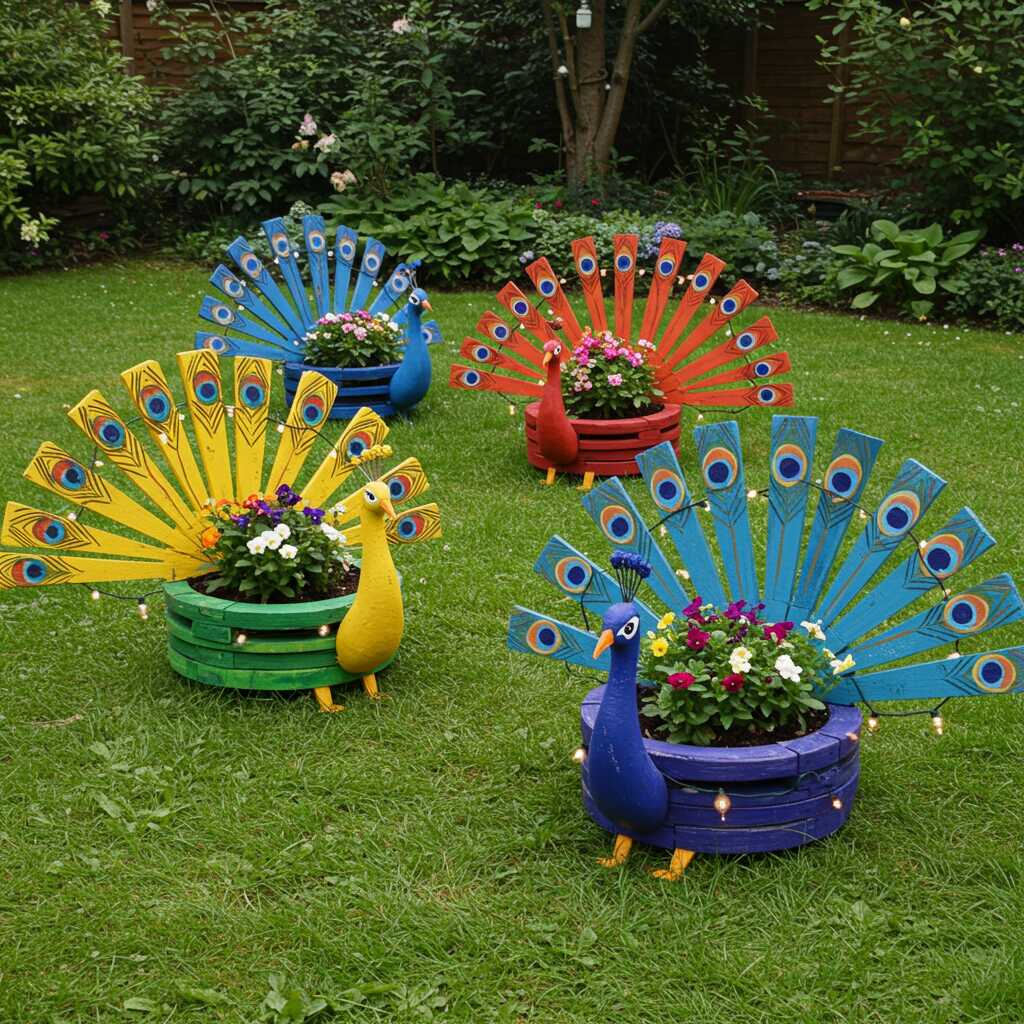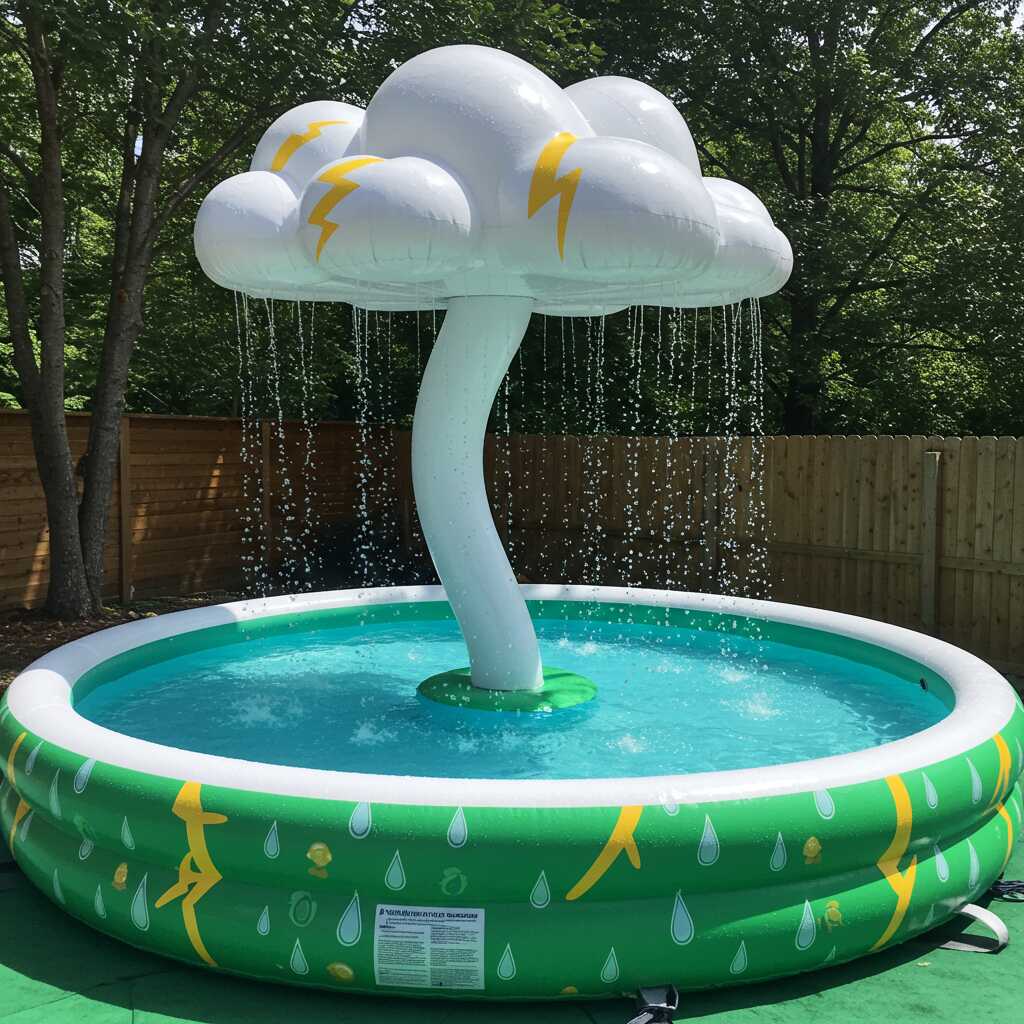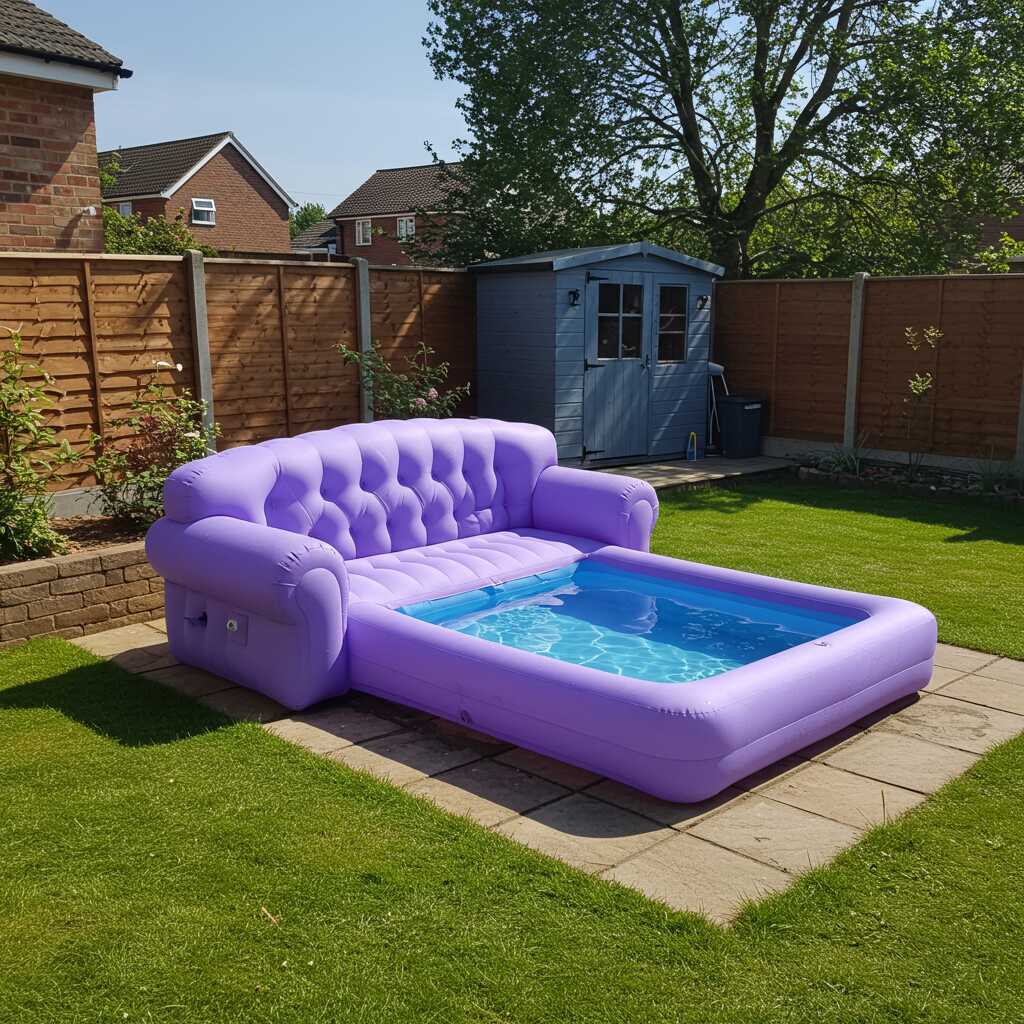In the ever-evolving world of garden design and interior decoration, few decorative elements capture the imagination quite like peacock-inspired planters. These distinctive vessels, particularly those crafted in the form of peacock shaped planters, represent a fascinating intersection of nature’s beauty and human creativity. The peacock, renowned for its iridescent plumage and majestic presence, has long served as a symbol of elegance, prosperity, and renewal across various cultures throughout history. When this iconic bird’s essence is translated into planter designs, it creates a truly unique fusion of natural inspiration and artistic expression that transcends mere functionality.
Peacock shaped planters stand apart from conventional gardening containers through their ability to transform any space into a realm of wonder and sophistication. Unlike standard pots or boxes, these inspired creations bring an element of theatrical drama to both indoor and outdoor environments. Their distinctive silhouettes, often featuring elaborate tail feathers and intricate detailing, create visual focal points that draw the eye and spark conversation. The inherent beauty of the peacock form lends itself perfectly to the nurturing of plants, creating a harmonious blend where living greenery emerges from artistic representation.
What makes peacock shaped planters particularly enchanting is their versatility in design interpretation. From minimalist modern interpretations to elaborate traditional sculptures, each piece tells its own story while maintaining the core essence of the peacock’s magnificence. This diversity allows them to complement various architectural styles and personal tastes, making them suitable for everything from contemporary urban apartments to sprawling country gardens. The seamless integration of practicality and aesthetics elevates these planters beyond simple containers, transforming them into statement pieces that enhance their surroundings while fulfilling their primary purpose of supporting plant life.

The Artistic Inspiration Behind Peacock Shaped Planters
The enduring fascination with peacocks in art and design stems from their remarkable physical attributes and deep symbolic significance across cultures. In ancient mythology, the peacock was revered as a sacred creature, often associated with immortality and divine protection. Greek mythology linked the bird to Hera, queen of the gods, while in Hindu tradition, Lord Krishna is frequently depicted wearing peacock feathers, symbolizing beauty and compassion. These rich cultural associations have naturally influenced artisans and designers who seek to capture the essence of these magnificent birds in their work, leading to the creation of peacock shaped planters that serve as both functional objects and artistic tributes.
The distinctive features of peacocks provide endless inspiration for planter design. The most striking element, the iridescent tail feathers, offers unparalleled opportunities for creative interpretation. Some peacock shaped planters incorporate these feathers as natural drainage holes or use them to create cascading arrangements of trailing plants. Others feature intricate mosaic patterns that mimic the eye-like markings on the feathers, using colored glass or ceramic tiles to achieve the characteristic shimmer. The elegant curve of the peacock’s neck frequently serves as the main body of the planter, providing a graceful silhouette that complements vertical plant growth beautifully.

Artisans employ various materials and techniques to capture the peacock’s essence in planter design. Ceramic versions might feature hand-painted glazes that replicate the bird’s signature blue and green hues, while metal craftsmen might utilize patina techniques to achieve similar effects in bronze or copper. Wrought iron interpretations often emphasize the structural elements of the peacock’s form, creating delicate lattice work that suggests rather than replicates the bird’s features. Modern interpretations sometimes incorporate recycled materials, using found objects to create abstract representations that maintain the spirit of the peacock while embracing contemporary sustainability principles.
The design process for peacock shaped planters often involves a careful balance between artistic expression and practical considerations. Drainage requirements influence how the tail feathers are incorporated, while the need for stability affects the distribution of weight in larger pieces. Some designs cleverly integrate the peacock’s crown feathers as handles or supports, while others use the bird’s body cavity for planting, with additional compartments hidden within the tail feathers for smaller specimens. The eyespots themselves might be transformed into individual planting pockets, allowing for creative arrangements of succulents or other small plants that echo the natural pattern.
Cultural symbolism plays a crucial role in shaping the aesthetic of peacock shaped planters. In some designs, traditional motifs from specific regions are integrated into the overall form, creating pieces that tell cultural stories through their ornamentation. For instance, Indian-inspired versions might feature lotus flower details or traditional border patterns, while Mediterranean interpretations might incorporate classical Greek key designs. These cultural references add layers of meaning to the planters, transforming them from simple containers into vessels of heritage and storytelling.
The marriage of nature and artistry in peacock shaped planters extends beyond mere representation. Many designs take inspiration from the bird’s behavior and habitat, incorporating elements that reflect its environment. Some planters feature water features reminiscent of the ponds where peacocks naturally gather, while others include textural elements that mimic tree bark or stone surfaces commonly found in their native habitats. This holistic approach to design creates planters that not only look like peacocks but also evoke the complete sensory experience of encountering these magnificent birds in their natural setting.
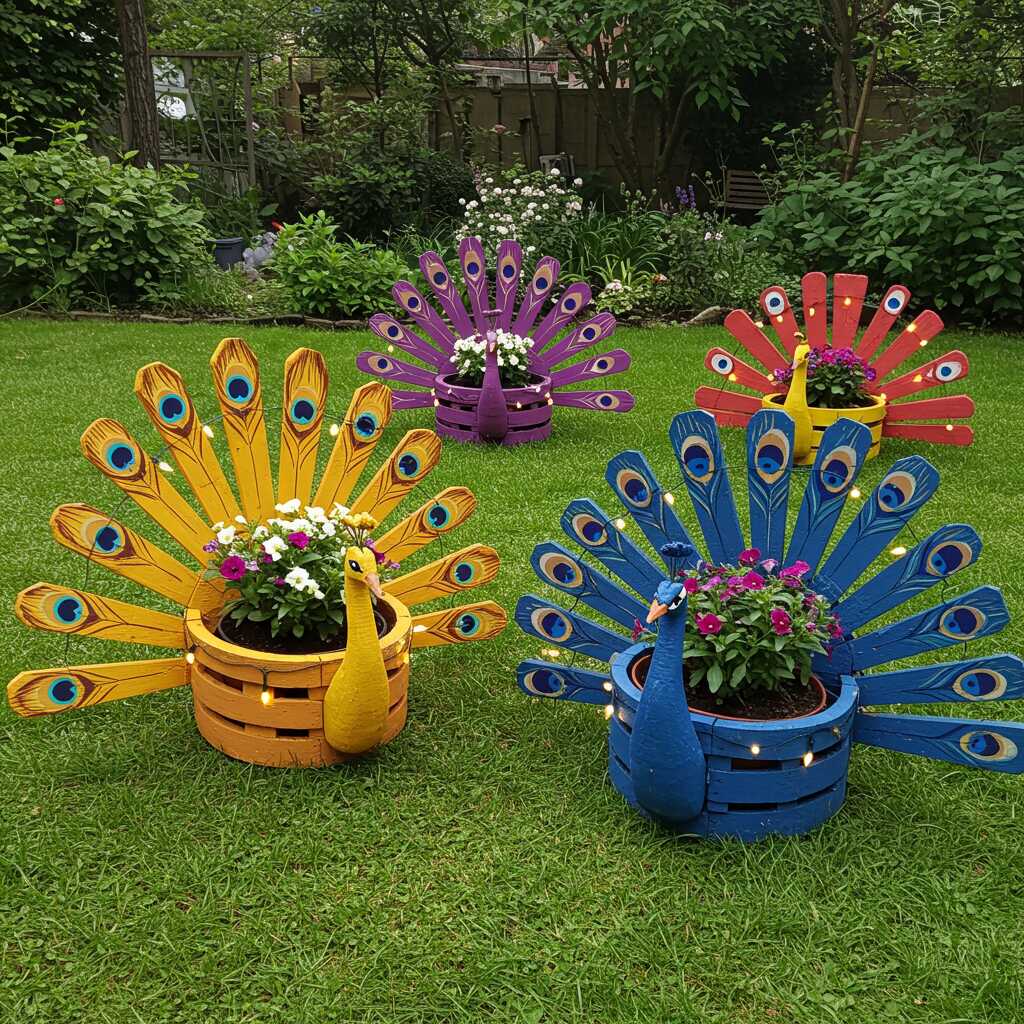
Functionality Meets Aesthetics: Practical Applications of Peacock Shaped Planters
The integration of peacock shaped planters into various environments demonstrates their remarkable versatility as both functional gardening solutions and artistic enhancements. In residential settings, these distinctive planters serve as natural air purifiers while simultaneously elevating interior spaces with their sculptural presence. Placed strategically near windows or in sunlit corners, they create dynamic focal points that evolve throughout the day as light interacts with their contours and planted contents. The varying heights and angles created by different peacock designs allow for optimal plant placement, ensuring proper sunlight exposure while maintaining visual interest through asymmetrical arrangements.
Outdoor applications showcase the durability and adaptability of peacock shaped planters in challenging environments. Crafted from weather-resistant materials, these planters thrive in gardens, patios, and courtyards, where they perform multiple functions simultaneously. Their substantial base provides stability against wind, while the elevated design protects plant roots from ground frost and excessive moisture. The tail feather structure, when properly designed, offers excellent drainage while creating microclimates that benefit certain plant species. This is particularly beneficial for tropical plants or those requiring specific humidity levels, as the enclosed nature of many peacock designs helps maintain appropriate growing conditions.
The ergonomic benefits of peacock shaped planters extend beyond their aesthetic appeal. The natural curvature of the peacock form aligns well with human movement patterns, making maintenance tasks more comfortable and intuitive. The raised planting area reduces strain during planting and weeding, while the defined edges prevent soil spillage during watering or heavy rain. Many designs incorporate built-in features such as removable inner pots or concealed reservoirs, enhancing usability without compromising the artistic integrity of the piece. These practical elements contribute to healthier plant growth by facilitating proper root development and preventing waterlogging.
Environmental harmony is another significant advantage of incorporating peacock shaped planters into landscape design. Their organic forms blend seamlessly with natural surroundings, creating transitions between hardscape elements and planted areas. The varied textures and colors of different planter finishes can complement seasonal changes in foliage, maintaining year-round visual interest. In urban environments, these planters help mitigate heat island effects while contributing to biodiversity by providing habitats for beneficial insects and small wildlife. Their presence encourages more mindful interaction with green spaces, fostering greater appreciation for both cultivated plants and wild visitors.
The educational value of peacock shaped planters cannot be overlooked, especially in community gardens or public spaces. Their distinctive forms naturally draw attention and curiosity, sparking conversations about botany, art, and cultural symbolism. Children and adults alike are drawn to examine the details of both the planter and its contents, creating opportunities for informal learning about plant growth cycles, artistic craftsmanship, and environmental stewardship. This engagement transforms passive viewers into active participants in the cultivation and appreciation of green spaces, promoting greater environmental awareness and responsibility.
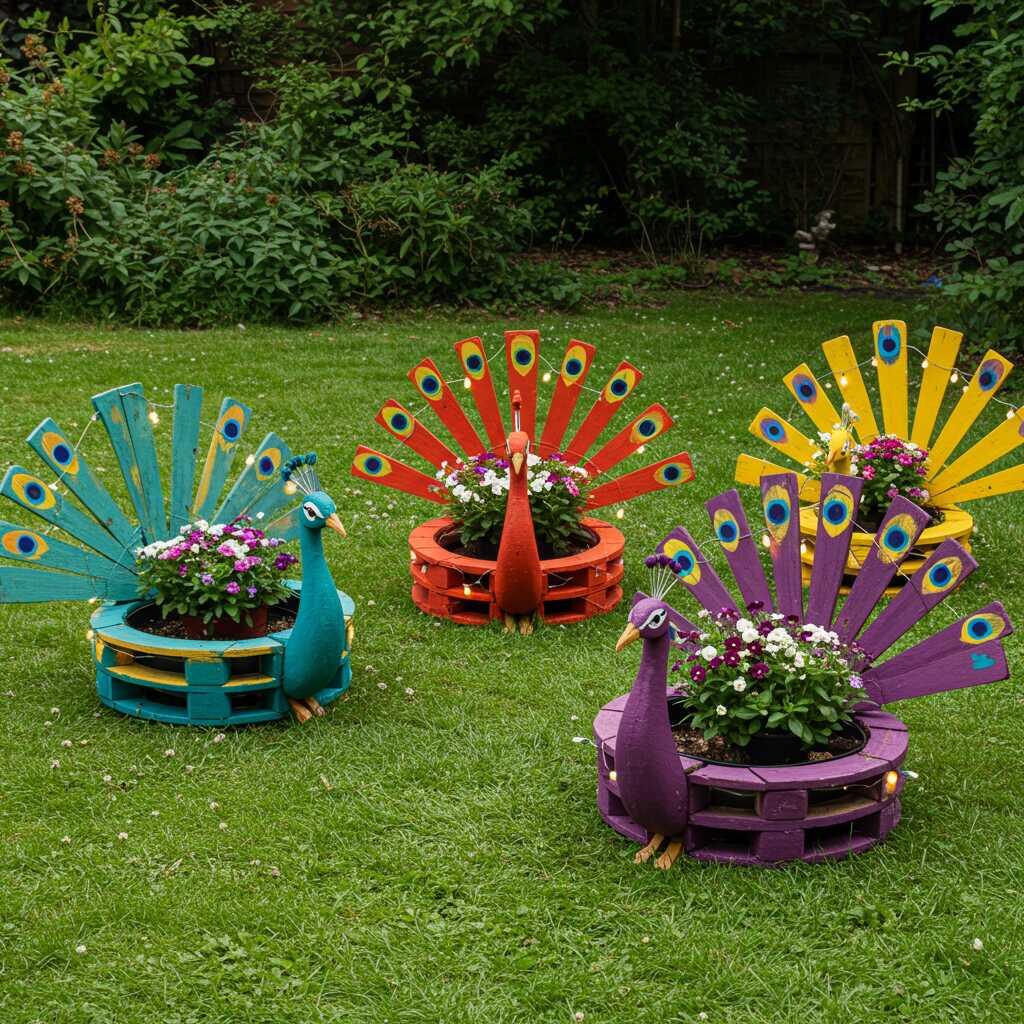
The Symbolic Language of Peacock Shaped Planters: A Deeper Connection to Nature and Culture
Beyond their visual appeal and functional versatility, peacock shaped planters hold a profound symbolic resonance that enriches their presence in any environment. These planters are not merely decorative objects but vessels that carry layers of meaning, bridging the gap between human creativity and the natural world. The peacock, as a motif, has been celebrated across cultures for its association with renewal, beauty, and spiritual awakening. By incorporating this iconic symbol into planter design, these pieces become more than just containers for plants—they transform into emblems of life, growth, and transformation.
The symbolism of the peacock is deeply rooted in its lifecycle and behavior. Known for shedding and regrowing its feathers annually, the peacock embodies the concept of renewal and rebirth. This cyclical process mirrors the growth cycles of plants, making peacock shaped planters an apt metaphor for the continuous cycle of life. When used to nurture greenery, these planters amplify this symbolism, creating a harmonious relationship between the container and its contents. The act of planting and tending to flora within a peacock inspired vessel becomes a ritual of fostering life, echoing the bird’s own journey of regeneration.
In many spiritual traditions, the peacock is also associated with immortality and divine protection. Its iridescent plumage, shimmering with colors that seem to shift under different lights, has long been seen as a reflection of the heavens or the cosmos. This celestial connection adds a layer of mysticism to peacock shaped planters, transforming them into conduits of energy and vitality. When placed in gardens or indoor spaces, these planters serve as reminders of the interconnectedness of all living things, encouraging a deeper appreciation for the natural world. They invite contemplation and mindfulness, urging us to pause and reflect on the beauty and fragility of life.
Peacock shaped planters also carry cultural significance that transcends borders. In Eastern philosophies, the peacock is often linked to prosperity, abundance, and good fortune. Its elaborate display during courtship rituals symbolizes confidence, pride, and the celebration of one’s unique qualities. These themes resonate strongly in the context of gardening, where patience, care, and attention to detail yield beautiful results. By integrating peacock inspired designs into our living spaces, we align ourselves with these positive attributes, cultivating an environment that nurtures both physical and emotional well-being.

Conclusion: The Enduring Allure of Peacock Shaped Planters
The unique charm of peacock shaped planters lies in their extraordinary ability to transcend mere functionality, becoming living embodiments of nature’s artistry and human creativity. These remarkable vessels encapsulate the essence of what makes decorative gardening truly transformative – the seamless integration of form, function, and symbolism into a single, cohesive element. Their presence in any space serves as a testament to the enduring power of nature-inspired design to elevate our surroundings and enrich our daily experiences. Through their intricate details and thoughtful construction, peacock shaped planters demonstrate how practical gardening solutions can simultaneously serve as works of art that inspire wonder and contemplation.
The lasting appeal of these planters stems from their capacity to evolve with changing seasons and growing trends while maintaining their fundamental character. As living sculptures that change with time, they offer dynamic visual interest that never grows static or predictable. The interplay between their permanent structure and the ephemeral nature of plant life creates a perpetual dialogue between permanence and transience, encouraging deeper appreciation for both aspects. This quality ensures that peacock shaped planters remain relevant and engaging across generations, adapting to new contexts while preserving their essential identity.
Moreover, these planters represent more than just aesthetic enhancement; they embody a philosophy of harmonious coexistence between nature and design. Their very existence challenges the notion that practicality must come at the expense of beauty or that ornamentation should be purely superficial. Instead, they demonstrate how functional objects can become meaningful contributions to our environment, fostering connections between people, plants, and artistic expression. This synthesis of purpose and poetry positions peacock shaped planters as timeless elements in the landscape of decorative gardening, promising to inspire and delight for years to come.
